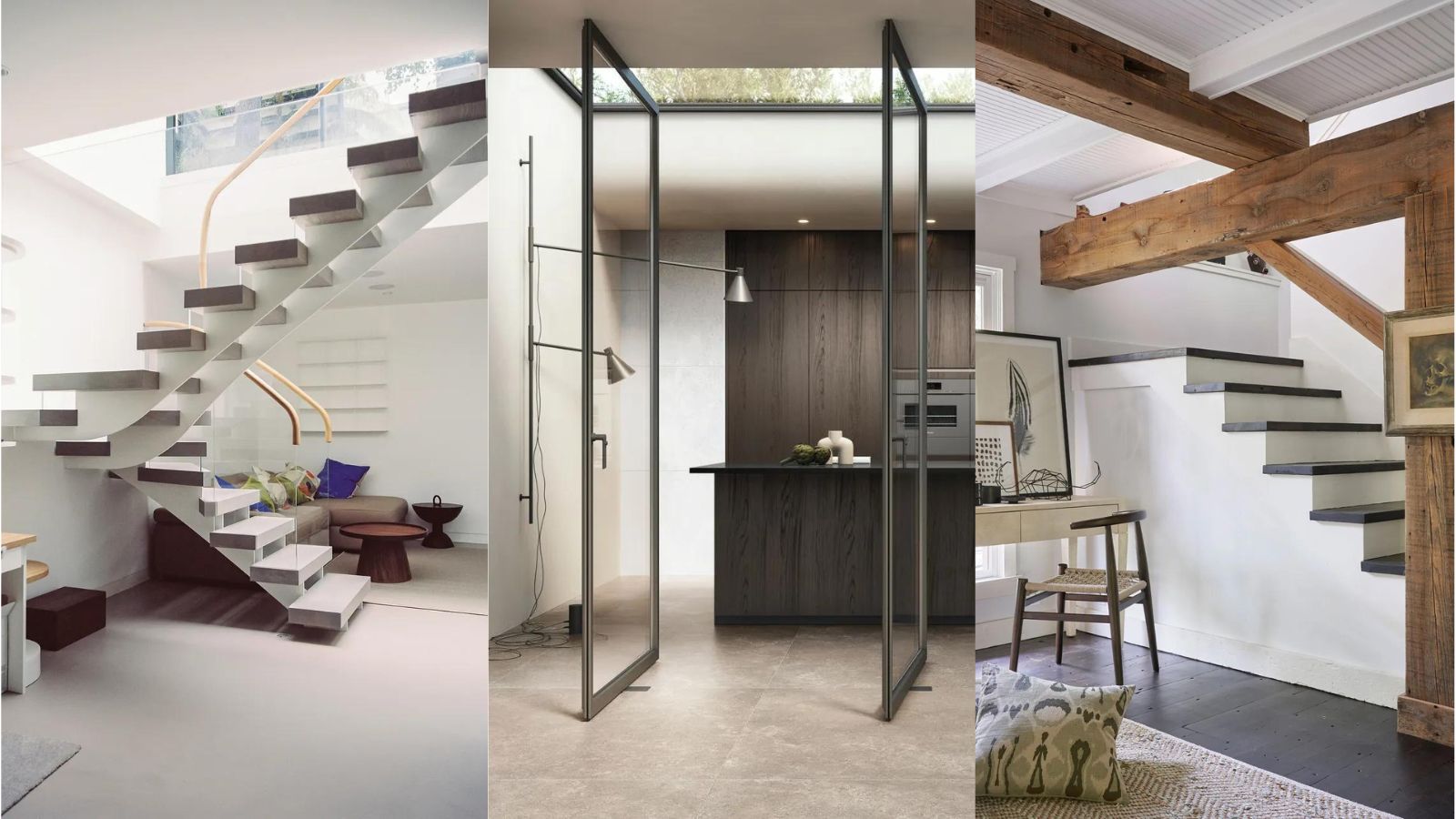
If your basement feels more like an overlooked storage space than an inviting part of your home, it’s time to reconsider how you’re heating it. Whether it's a practical laundry area, a stylish home office, or a cozy living room, the right heating can transform your basement into a warm, welcoming space you’ll want to spend time in.
Choosing the perfect heating solution depends on how often you use the space and the level of investment you’re prepared to make. For quick, temporary warmth, our pros suggest portable heaters, but for lasting comfort, options like ductless mini-splits or radiant floor heating could be ideal, say HVAC experts.
With a variety of heating types to choose from, it's important to find a method that complements both your lifestyle and needs. Whether your basement is a lively hub of activity or serves as home storage, these expert-recommended solutions will keep it warm and inviting year-round.
Best ways to heat a basement
Whether you’re working with a damp, underutilized room or a fully furnished living area, these expert-approved basement ideas should warm up your space in no time.
1. Portable space heaters

'For basements that aren’t used frequently, portable space heaters are a great option,' recommends WG Hickman, owner of Tri-County Air Service. These compact heaters offer quick, on-demand warmth without the hassle of complicated installations. Infrared and oil-filled radiators, in particular, are simple to move and can be positioned exactly where you need that extra bit of heat.
Hickman says that portable heaters are ideal for short-term warmth, perfect for when you're just spending a few hours in the basement. 'They allow you to heat specific areas without committing to a full heating system or costly HVAC installation,' he explains. But he stresses the importance of safety. 'Always position your heater away from flammable materials, especially in spaces like laundry or storage rooms.'
While portable space heaters offer convenience, Hickman cautions that they aren't a permanent fix for larger or uninsulated basements. 'If your basement has persistent cold spots, it's worth exploring more permanent heating solutions for consistent comfort.'
Temperature control is one way to get rid of mold in a basement.
All prices were correct at time of publication.
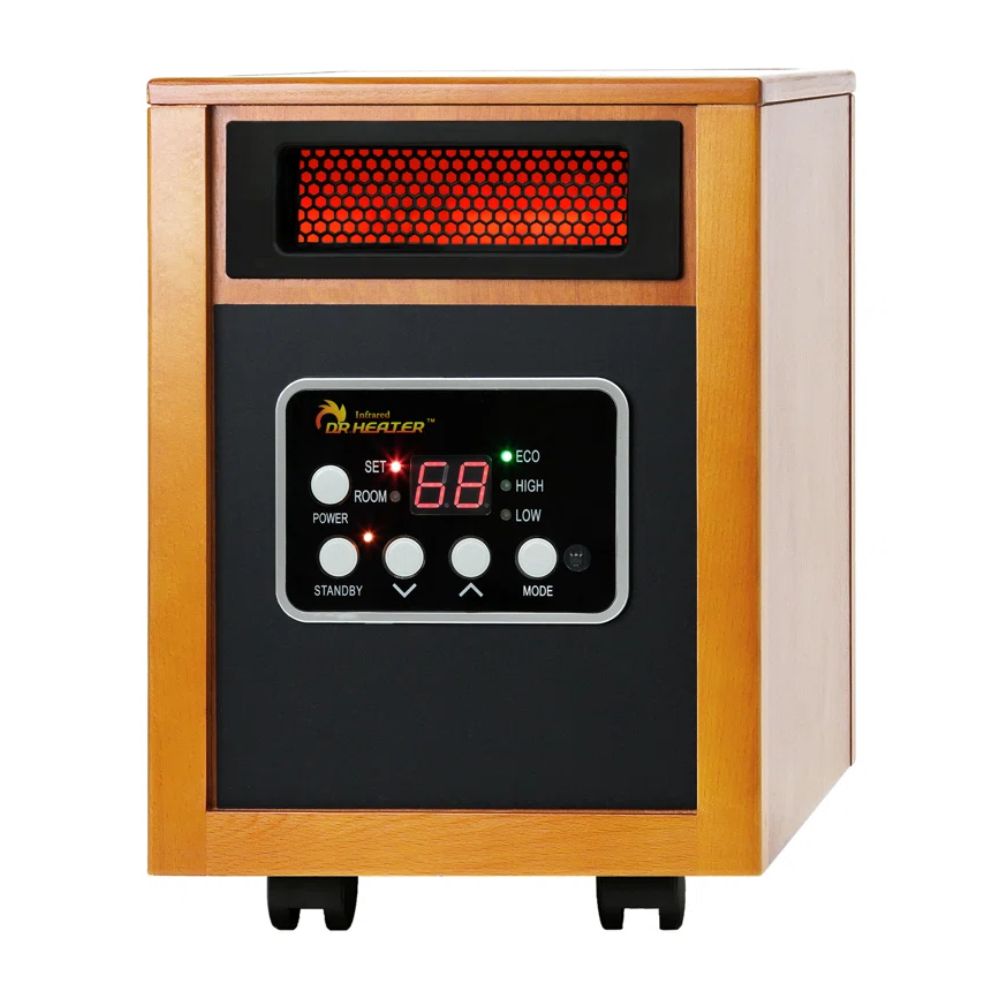
Known for its quiet operation and efficient heating, this model is perfect for small spaces and occasional use.
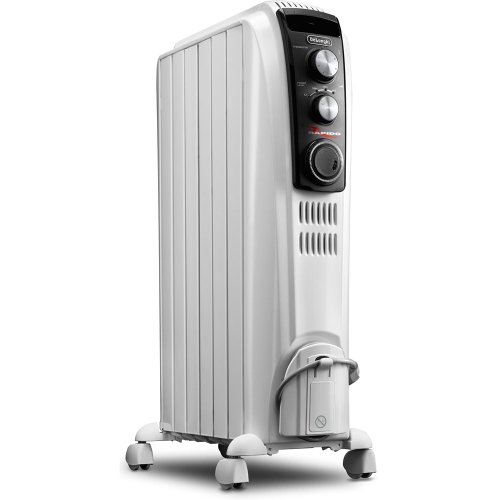
This oil-filled heater offers long-lasting warmth and is great for medium-sized basement conversions.
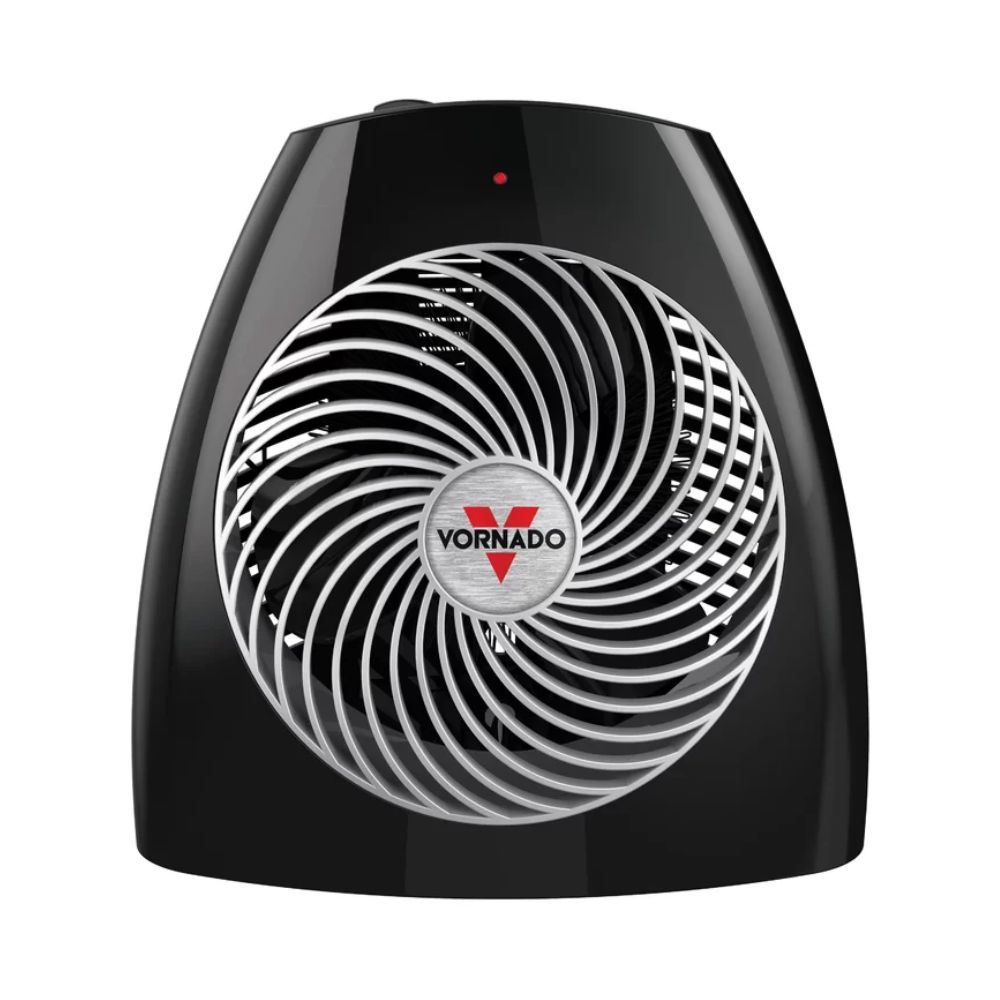
Compact yet powerful, this portable heater is ideal for quickly warming a small basement area or nook. HVAC pros including Josh Mitchell have pinpointed Vornado as one of their favorite brands for heaters and fans this year when speaking H&G.
2. Electric Baseboard Heaters
'Electric baseboard heaters are a simple and budget-friendly way to add heat to a basement,' explains Josh Mitchell, HVAC technician and the owner of Air Conditioner Lab. They’re easy to install, require minimal maintenance, and are perfect for heating smaller spaces like utility rooms or home gyms. Their affordability – typically ranging from $60 to $300 – also makes them an accessible option for anyone who isn't ready to invest in a more complex heating system but still wants effective warmth in key areas.
Baseboard heaters work by emitting heat along the walls, making them ideal for areas where space is limited. You can control each heater individually, allowing you to heat specific rooms without wasting energy. However, Josh Mitchell warns, 'Make sure the heater you choose is the right size for your space – too small, and it won’t provide enough heat; too large, and it may use more energy than necessary.'
While electric baseboard heaters are great for smaller areas, they may struggle to warm up larger or uninsulated basements. In these cases, a more powerful heating system is often the better solution.
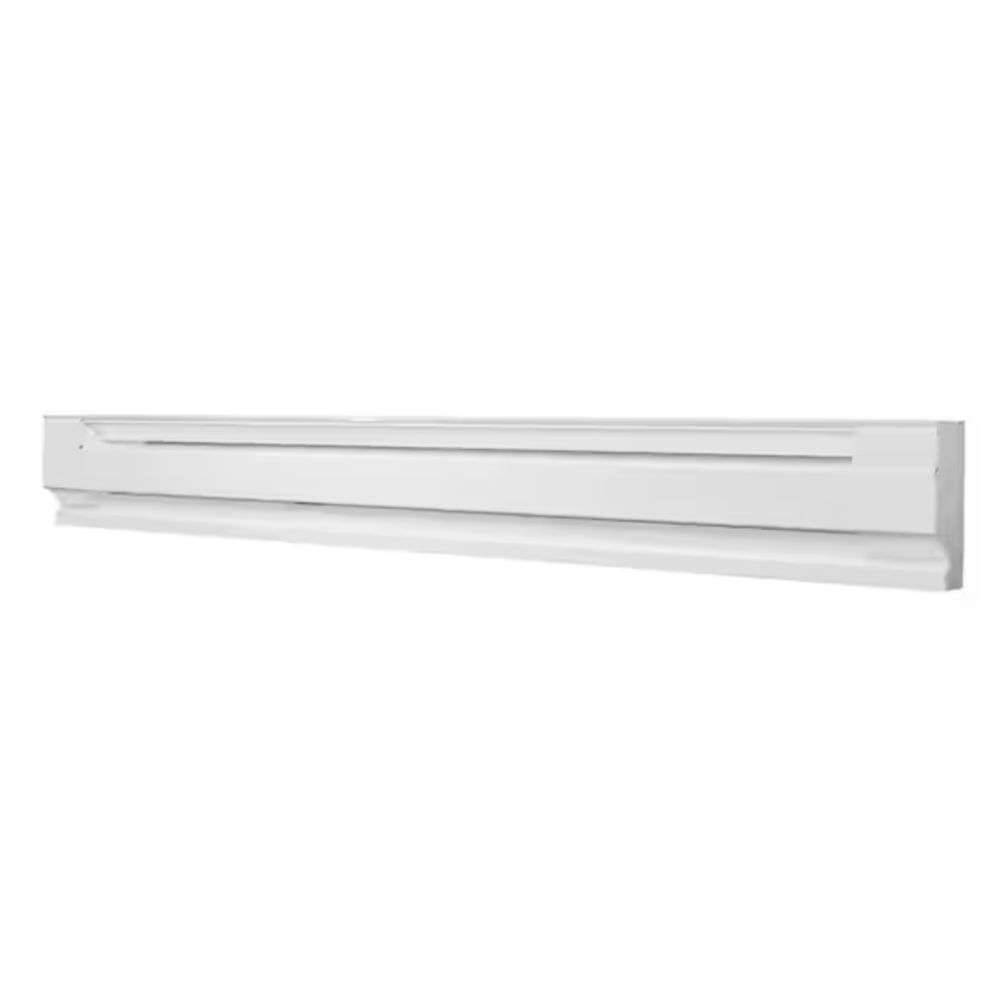
The Cadet 72-inch electric baseboard heater is easy to install and delivers quiet, efficient heat throughout a room. It's perfect for newly-build homes, or as a replacement baseboard heater, and can be paired with a smart thermostat for customized comfort.
3. Extending Your Existing HVAC System

'If your basement is used as a living space, tapping into your existing HVAC system is often the best solution,' says Julian Picard, HVAC expert and owner of Centerline Mechanical. 'This option is particularly useful for basement conversions that are frequently used. By adding duct work or vents, you can ensure consistent warmth throughout these spaces.'
Learn more basement ideas to make best use of this overlooked space.
'It’s important to consult with an HVAC professional to assess whether your system can handle the additional load,' Picard advises. Overloading your system could lead to uneven temperatures or unexpectedly expensive heating. 'An HVAC technician will be able to evaluate your system’s capacity and recommend whether any upgrades or adjustments are needed to avoid these issues.'
Since extending your existing HVAC system is quite a hands-on task, professional installation is essential. A qualified HVAC technician can ensure the job is done properly, minimizing the risk of long-term damage. It's also important to factor in installation costs, which can range from $500 to $2,000, depending on your home’s layout and the complexity of the extension.
4. Ductless Mini-Split Heat Pumps
'For basements, my top recommendation is a ductless mini-split system,' says Julian Picard. These units are known for their efficiency and versatility, offering both heating and cooling options in one handy package. Mini-splits are particularly well-suited to basements, as they perform reliably even in freezing temperatures while also reducing a home's humidity levels – a common issue in below-ground spaces that can lead to basement mold.
Ideal for moisture-prone areas, many models come equipped with a dehumidifying setting, making them a smart choice for basements with damp concerns. Plus, with zoned temperature control, you can heat only the areas you use
Although the upfront costs are higher – especially with installation – energy savings and state rebates make mini-splits a cost-effective, long-term investment. Of course, Picard reminds us, basement insulation is key. 'Even the best system won't perform efficiently if your basement isn’t properly insulated,' he cautions.
Learn where to insulate in your home to keep it warm in winter.
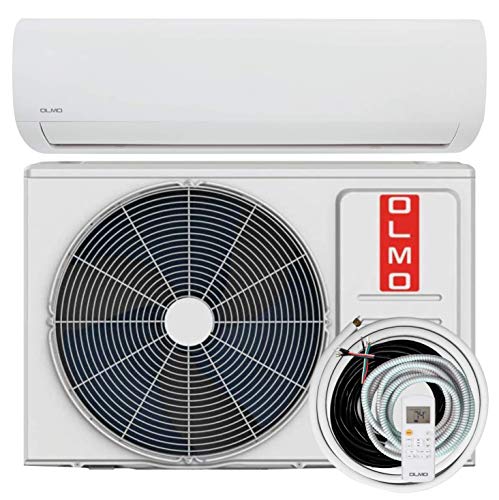
This highly-rated mini split unit is a perfect solution for year-round comfort. With an installation kit included and a five-year warranty on the Toshiba Inverter Compressor, it offers both convenience and lasting peace of mind.
5. Radiant floor heating
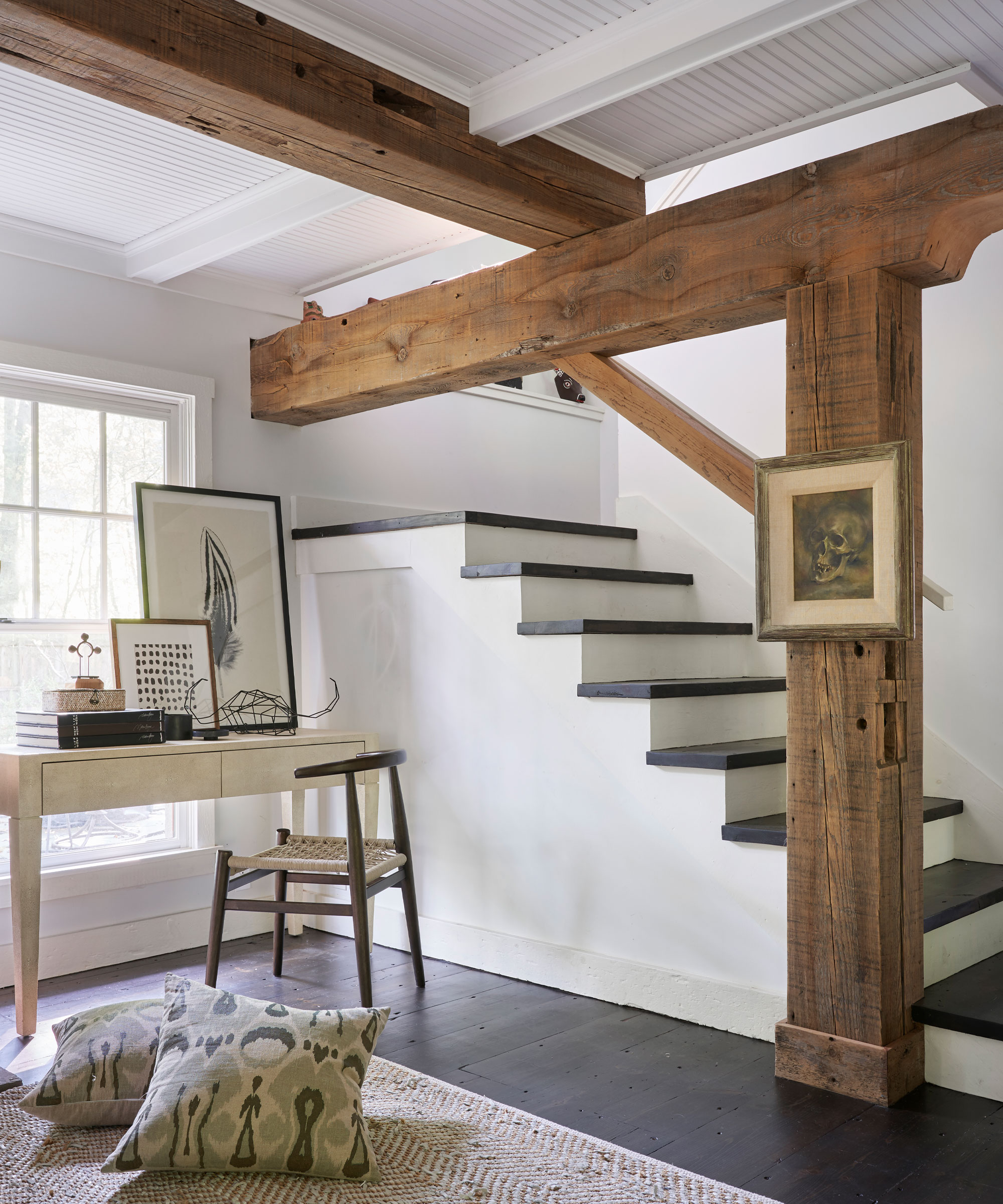
For those planning a full basement renovation, radiant floor heating is a luxurious option worth considering. This system works by embedding heating elements beneath the floor, delivering even, consistent warmth throughout the space – perfect for transforming a cold, unwelcoming basement into a cozy living area and comfort underfoot.
When choosing the best basement flooring to pair with radiant heating, concrete and tile are ideal options. These materials conduct heat efficiently, helping to evenly distribute warmth across the room. While the installation can be expensive – especially when factoring in other potential renovations costs – the energy efficiency and comfort that radiant floor heating provides make it a smart, long-term investment.
Keep in mind that professional installation is required for underfloor heating systems, and it’s best timed with a larger renovation.
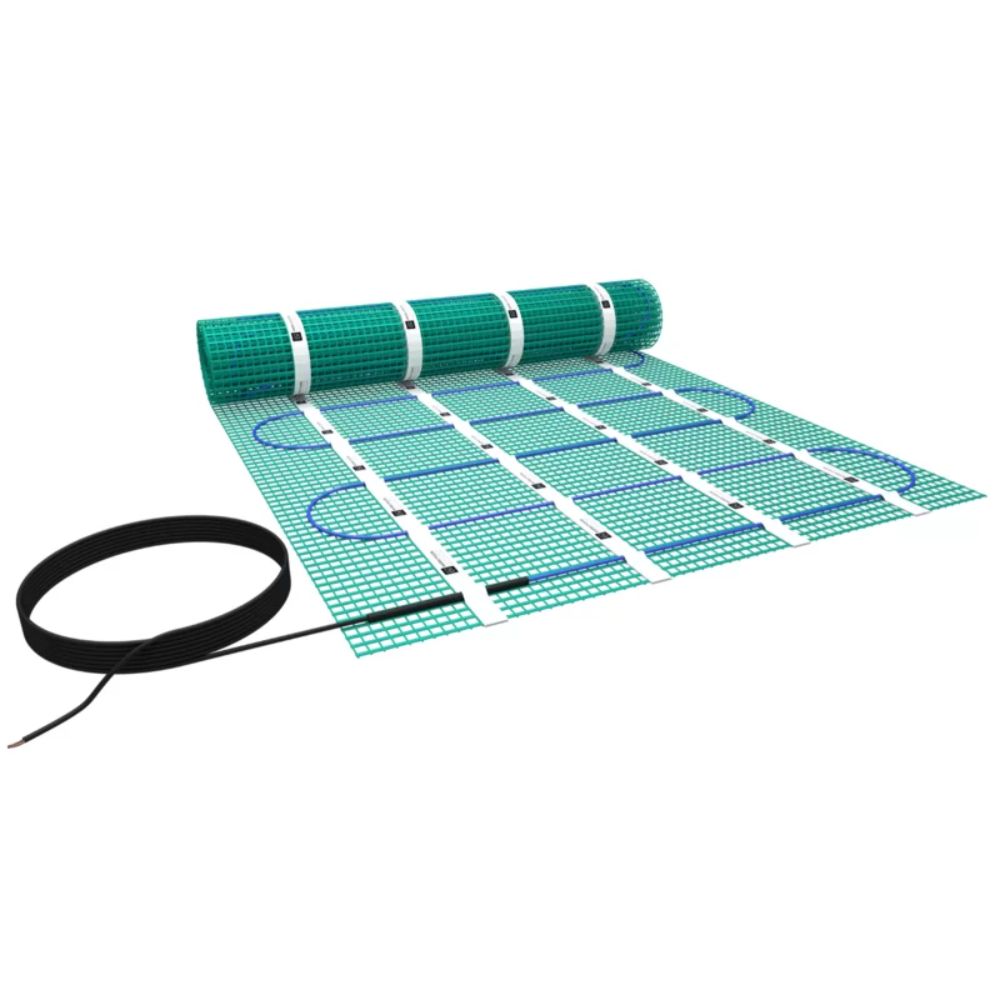
TempZone Easy Mats offer affordable, targeted radiant heating, making them ideal for providing warmth in high-traffic areas of your basement, such as work spaces or walkways.
FAQs
What is the best way to heat a damp basement?
Damp basements require a heating solution that provides warmth while also controlling moisture. A ductless mini-split system is a great choice, as many models include a built-in dehumidifier. This ensures the unit can efficiently heat your basement without adding extra humidity to the space.
It’s also a good idea to invest in a standalone dehumidifier to further combat moisture levels. Consider the GE 50-Pint Dehumidifer from Home Depot, which is our best dehumidifier overall.
Can I use radiant floor heating in a basement with moisture issues?
Radiant floor heating works best in basements that have been properly waterproofed. So, if your basement has moisture issues, you will need to address them first. Not only does waterproofing protect your home, but it also helps cut energy bills by ensuring your heating system operates efficiently. Once moisture is under control, radiant floor heating is a great option for cozy, even warmth.
Should you insulate a basement before installing heating?
Yes, insulating your basement – especially insulating your basement ceiling – is essential to getting the best performance from your heating system. Without proper insulation, much of the heat will escape, leading to inconsistent warmth and higher energy costs.
What is the most energy-efficient way to heat a basement?
Ductless mini-split systems are among the most energy-efficient ways to heat a basement. They allow you to heat specific zones, which minimizes energy waste. Radiant floor heating, combined with good insulation, is another popular option for maintaining consistent warmth without excess energy use.
Meet our experts
To create a basement you’ll actually want to spend time in, it’s essential to improve basement ventilation alongside heating. Good airflow reduces moisture, prevents mold from developing, and ensures the space stays fresh and inviting year-round.







